UK is not a surveillance society, MPs claim
 The Home Affairs Committee has called on the government to follow a
"minimum data, held for the minumum time" approach to British citizens'
personal information in its long-awaited report into surveillance.
The Home Affairs Committee has called on the government to follow a
"minimum data, held for the minumum time" approach to British citizens'
personal information in its long-awaited report into surveillance.
The Committee has decided, after a year long investigation, that the
UK is not becoming a surveillance society but warns that function creep
still poses a danger. That said, it did not look at ID cards but warned
that function creep could again raise concerns of increased
surveillance of citizens. After recent government data losses it
demanded the Home Office show more detailed plans for how it will make
the National Identity Register secure.
It expressed particular concerns that increasing use of databases to
store information on children could be used for predictive profiling,
with the state singling out children deemed by computers to be likely
future criminals.
On Home Office use of databases and sharing data the committee said
there were three questions to be answered: "Where should the balance
between protecting the public and preserving individual freedom lie?
How should this balance shift according to the seriousness of the
crime? What impact will this have on the individual and on our society
as a whole?"
The politicians also suggested a broader role for the Information
Commissioner's Office. The ICO should provide Parliament with an annual
report on UK surveillance. It should provide resources to work with the
government's chief information officer to improve privacy protection.
The committee supported the ICO's demand for better inspection and
audit powers.
The ICO could also have a role in carrying out "Privacy Impact
Assessments" to be carried out before the Home Office starts a new
information gathering project or extends an existing project. PIAs
would look at risks and would aim to put in place some protection while
the project was being designed. The committee noted that procedures
around who can access such information were as important as technology
in keeping data safe.
On CCTV use the committee asked the Home Office to carry out more
research to show whether or not its use has any impact on reducing
crime. It called for a debate before any expansion of the national DNA
database and primary legislation to regulate its use.
The committee said it was concerned about the HMP Woodhill case -
where conversations between an MP and his constituent were recorded in
breach of the Wilson doctrine.
The talking shop also looked at the Regulation of Investigatory
Powers Act. It wants the Home Office to raise public awareness of how
and when communications data could be collected and used. It said it
had serious concerns about the use of the Act for minor crimes.
The Home Office should make a public statement when a new organisation gets RIPA authorisation, it said.
Such suggestions are moot because the Government is expected to
introduce legislation to replace RIPA in the next session of
Parliament. We'll have to wait and see whether Gordon Brown and Jacqui
Smith accept any of the other suggestions.
» Read full story
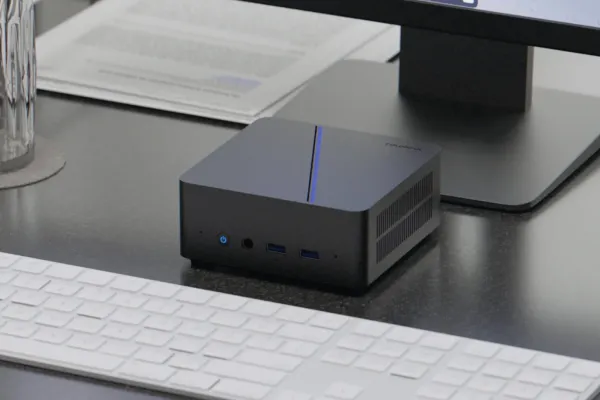









 Body-scanning machines that show images of
people underneath their clothing are being installed in 10 of the
nation's busiest airports in one of the biggest public uses of security
devices that reveal intimate body parts.
Body-scanning machines that show images of
people underneath their clothing are being installed in 10 of the
nation's busiest airports in one of the biggest public uses of security
devices that reveal intimate body parts. IBM's Cell chip will struggle to woo server customers looking to
turbo charge certain applications because the part has a fundamental
design flaw, according to AMD fellow and acceleration chief Chuck Moore.
IBM's Cell chip will struggle to woo server customers looking to
turbo charge certain applications because the part has a fundamental
design flaw, according to AMD fellow and acceleration chief Chuck Moore.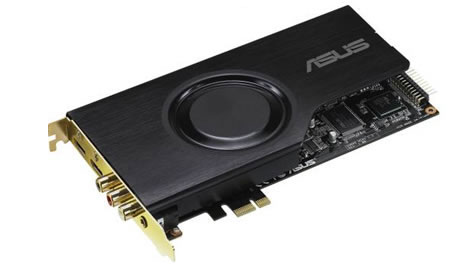
 The recently announced BioShock film
is more likely to release alongside the third entry in the game series
than the second, according to Take-Two CEO Strauss Zelnick.
The recently announced BioShock film
is more likely to release alongside the third entry in the game series
than the second, according to Take-Two CEO Strauss Zelnick.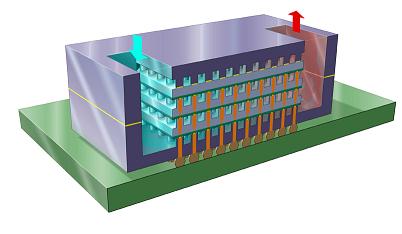 Oh, those crazy kids at IBM's Z
Oh, those crazy kids at IBM's Z Electronic Arts has officially unveiled the much talked-about Crysis Warhead.
Electronic Arts has officially unveiled the much talked-about Crysis Warhead. Jace Hall hosts his own show at Crackle.com, and as a former chief executive at Monolith Studios (No One Lives Forever, F.E.A.R) it's fair to say that he should at least know what he's doing in the games space.
Jace Hall hosts his own show at Crackle.com, and as a former chief executive at Monolith Studios (No One Lives Forever, F.E.A.R) it's fair to say that he should at least know what he's doing in the games space. The German government yesterday passed a controversial anti-terror
law that would grant police the power to monitor private residences,
telephones and computers.
The German government yesterday passed a controversial anti-terror
law that would grant police the power to monitor private residences,
telephones and computers. Teenagers are increasingly snapping
naked pictures of themselves on their cell phones, officials say, with
the photos often falling into the wrong hands.
Teenagers are increasingly snapping
naked pictures of themselves on their cell phones, officials say, with
the photos often falling into the wrong hands.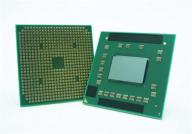 Advanced Micro Devices Inc is rolling out
a much-awaited line-up of chips for laptops, as Intel Corp's main rival
seeks to regain a competitive footing against the world's biggest chip
maker.
Advanced Micro Devices Inc is rolling out
a much-awaited line-up of chips for laptops, as Intel Corp's main rival
seeks to regain a competitive footing against the world's biggest chip
maker.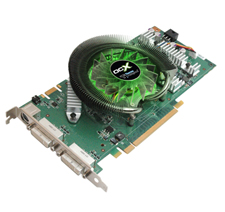 Sorry for not posting this any faster yet Computex certainly is keeping us occupied. BFG launches a series of new cards this week. back from the offcice I already heard that we received some of them for a review. Let me quickly talk you through the new graphics cards.
Sorry for not posting this any faster yet Computex certainly is keeping us occupied. BFG launches a series of new cards this week. back from the offcice I already heard that we received some of them for a review. Let me quickly talk you through the new graphics cards.